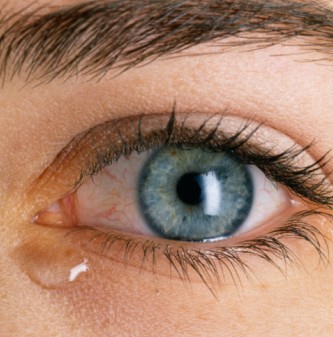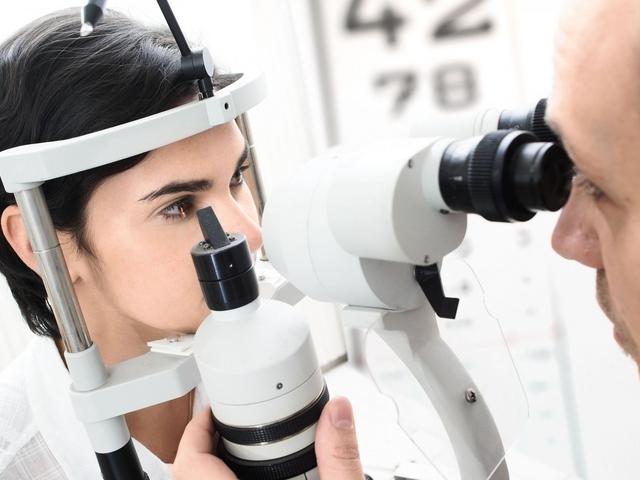
Our eyes are just simple orbs in our head, right? The truth is that they’re very complex organs. here are seven main parts in
the eye that play a role in transmitting information to the brain, detecting light, and focusing. A problem with any of these parts means a problem with your vision.
Our eyes are very complicated and amazing. They seem pretty simple, but there’s actually a lot to know about how they function. You’ve had your eyes since you were born, so you may think you know them pretty well, but here are some fun facts you may not know about eyes:
- The average blink lasts for about 1/10th of a second.
- While it takes some time for most parts of your body to warm up to their full potential, your eyes are on their “A game” 24/7.
- Eyes heal quickly. With proper care, it only takes about 48 hours for the eye to repair a corneal scratch.
- Seeing is such a big part of everyday life that it requires about half of the brain to get involved.
- Newborns don’t produce tears. They make crying sounds, but the tears don’t start flowing until they are somewhere between 4-13 weeks old.
- About 39 million people throughout the world are blind and roughly 6 times that many have some kind of vision impairment.
- Doctors have yet to find a way to transplant an eyeball. The optic nerve that connects the eye to the brain is too sensitive to
reconstruct successfully. - The cells in your eye come in different shapes. Rod-shaped cells allow you to see shapes, and cone-shaped cells allow you to see
color. - You blink about 12 times every minute.
- Your eyes are about 1 inch across and weigh about 0.25 ounce.
- Some people are born with two differently colored eyes. This condition is called heterochromia.
- Even if no one in the past few generations of your family had blue or green eyes, these recessive traits can still appear in later
generations. - Each of your eyes has a small blind spot in the back of the retina where the optic nerve attaches. You don’t notice the hole in your
vision because your eyes work together to fill in each other’s blind spot. - Out of all the muscles in your body, the muscles that control your eyes are the most active.
- 80% of vision problems worldwide are avoidable or even curable.
- When your eyes water a lot, they’re most likely dry!
Who knew your eyes could be so amazing and complex?
Make sure to give them the attention they deserve by seeing your doctor for a comprehensive eye exam every year.




 The Fourth of July is a favorite American holiday. Yet mishaps with fireworks can make the holiday memorable for all the wrong reasons.
The Fourth of July is a favorite American holiday. Yet mishaps with fireworks can make the holiday memorable for all the wrong reasons.


